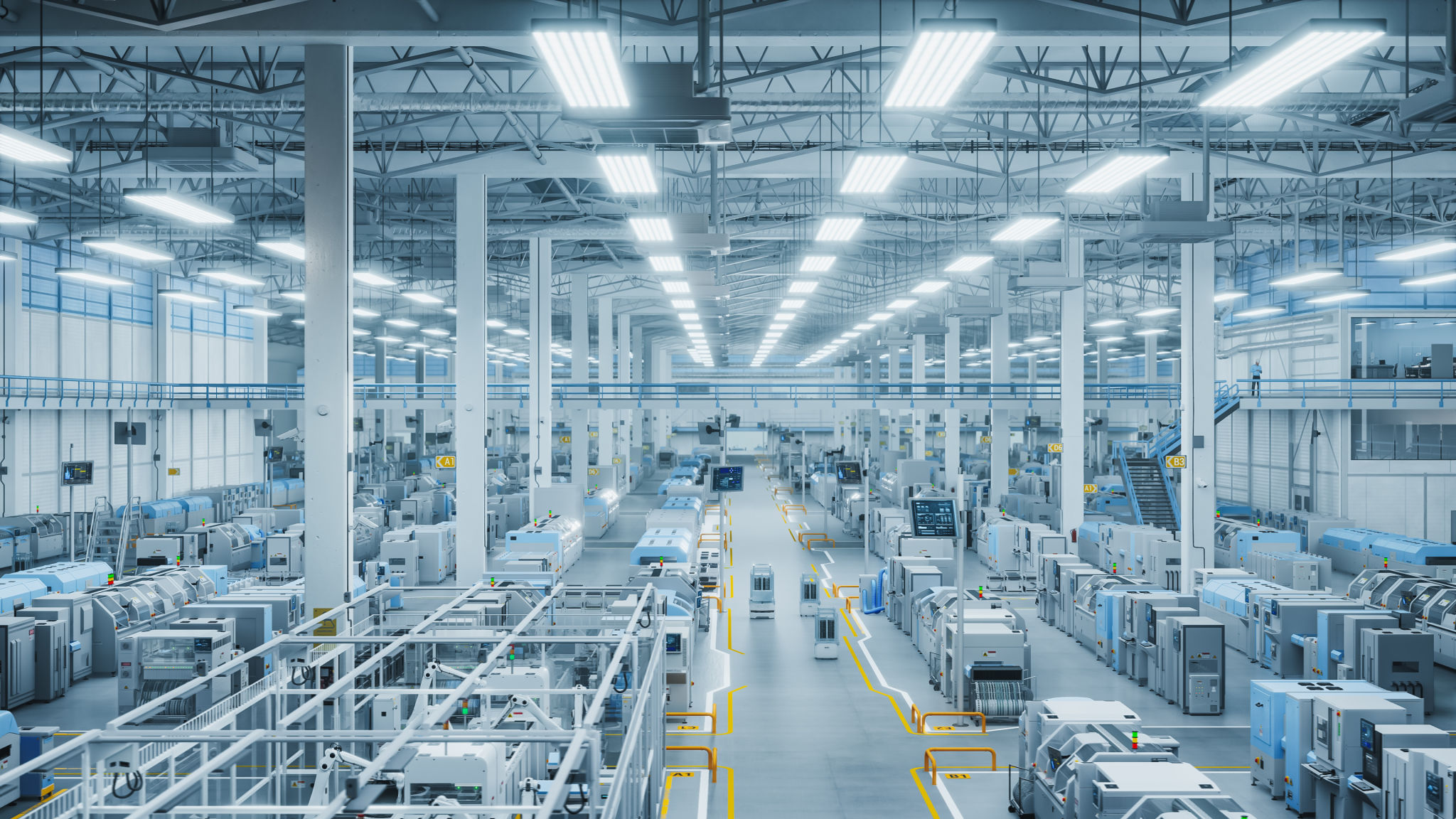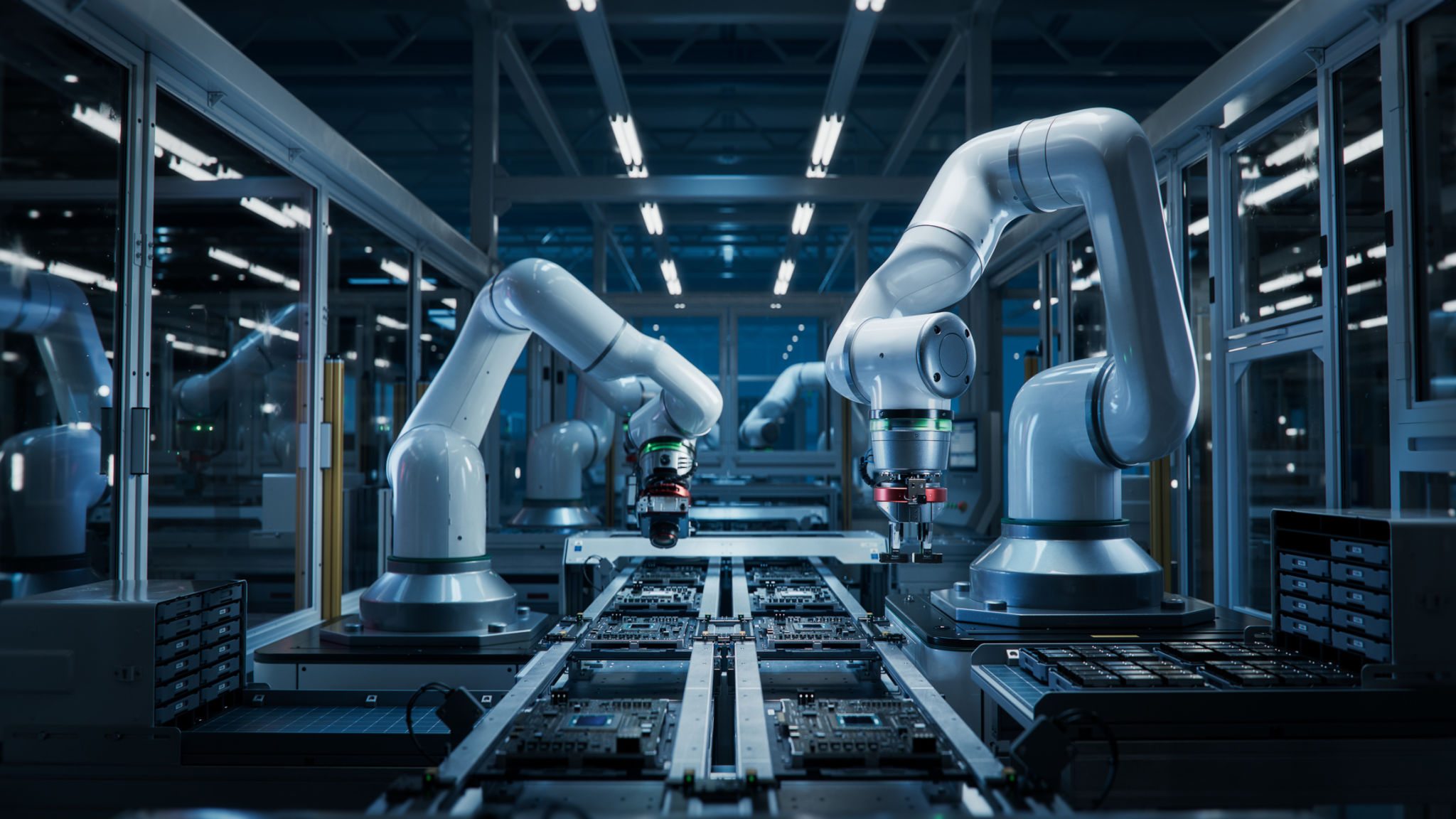How Robotic Automation is Transforming Manufacturing in Malaysia
The Rise of Robotic Automation in Malaysia
In recent years, Malaysia has emerged as a key player in the global manufacturing sector. This transformation is largely driven by the integration of robotic automation, which is reshaping the industry landscape. As the nation strives to enhance productivity and competitiveness, embracing advanced technologies is proving to be a game-changer.
The adoption of robotic automation in Malaysian manufacturing is not just a trend but a strategic move to address various challenges, including labor shortages and the need for increased efficiency. By leveraging cutting-edge robotics, manufacturers are achieving higher precision, reducing operational costs, and minimizing human error.

Enhancing Productivity and Efficiency
One of the primary benefits of robotic automation is its ability to significantly boost productivity. Robots can operate continuously without breaks, leading to increased output and faster turnaround times. This continuous operation is especially beneficial in high-demand industries such as electronics and automotive manufacturing, where precision and speed are critical.
Moreover, robotic systems can perform complex tasks with high accuracy, ensuring consistent product quality. This precision reduces waste and rework, contributing to cost savings and improved profitability for manufacturers. As a result, companies can redirect resources toward innovation and expansion.

Addressing Labor Challenges
Malaysia's manufacturing sector has long faced labor-related challenges, including a shortage of skilled workers and rising labor costs. Robotic automation offers a viable solution by performing tasks that are labor-intensive or hazardous for humans. This shift not only addresses labor shortages but also enhances workplace safety.
By automating repetitive and dangerous tasks, manufacturers can better utilize their human workforce in roles that require creativity and problem-solving skills. This transition encourages skill development and opens up opportunities for workers to engage in higher-value activities.

Driving Innovation and Competitiveness
The integration of robotics into manufacturing processes fuels innovation by enabling companies to explore new production methods and product designs. With robotics, manufacturers can experiment with flexible production lines that adapt quickly to changing market demands. This agility is crucial for staying competitive in a rapidly evolving global market.
Furthermore, robotic automation supports the development of smart factories, where interconnected machines and systems optimize production processes in real-time. This digital transformation enhances decision-making capabilities and allows for predictive maintenance, reducing downtime and extending equipment lifespan.
The Future of Manufacturing in Malaysia
The future of manufacturing in Malaysia looks promising with the continued adoption of robotic automation. As more companies recognize the benefits of integrating robotics into their operations, the country is poised to become a hub for advanced manufacturing technologies in Southeast Asia.
Government initiatives and support play a crucial role in this transformation, offering incentives and resources to encourage the adoption of automation technologies. By fostering a conducive environment for innovation, Malaysia is positioning itself as a leader in the manufacturing sector on a global scale.

Conclusion
Robotic automation is undoubtedly transforming the manufacturing landscape in Malaysia. By enhancing productivity, addressing labor challenges, and driving innovation, robots are paving the way for a more efficient and competitive industry. As Malaysia continues to embrace these advancements, the nation is set to achieve new heights in manufacturing excellence.
